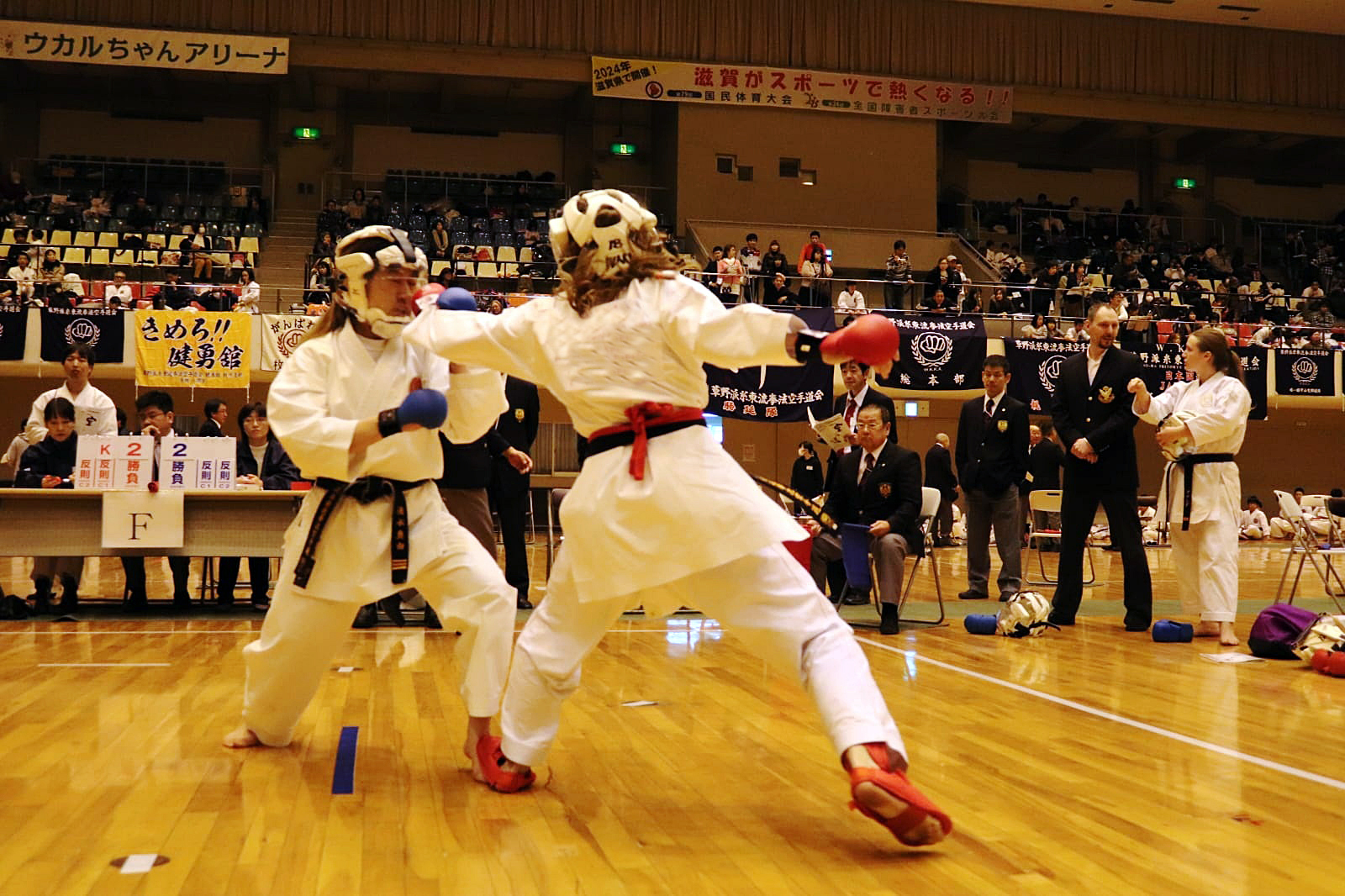Karate´s birthplace is the Ryukyu kingdom, which is now known as Okinawa, an island in southern Japan. Here’s how it evolved:
Laurens Zweers
If one has to mention a martial art, there is a great chance that karate first comes to mind. With between 50 and 100 million practitioners around the globe, karate is one of the most popular martial arts. Karate´s birthplace is the Ryukyu kingdom, which is now known as Okinawa, an island in southern Japan. It was introduced somewhere around the 15th century.
Know its origin
The kingdom was a known place for trade and had therefore multiple influences from different countries like China and the Philippines. The indigenous martial arts existed of Kobudo and To-Te, respectively with and without the use of weapons. The martial arts had to be trained in secrecy on the island since they have been forbidden by their king and only a few students were being taught by the masters.


In the early 20th century, when the Ryukyu kingdom was annexed by Japan, To-Te found its way to Japan to be of use in the training of the military. The name changed from To-Te, which means Chinese hand to Kara-Te, which translates to empty hand. After World War II, the United States placed an important military base on Okinawa and Karate became popularised in the United States. Its flashy moves found its way into Hollywood movies, thereby spreading it around the globe.
Karate thus became a synonym for all Asian martial arts. During the course of its history, there were many different practitioners, who emphasised different accents. Thus, multiple separate styles came to existence.
Emphasis on Kata
What sets karate apart from other martial arts is its emphasis on kata, or forms. Kata is a set of movements that simulates fighting against imaginary opponents. It is a way of practicing karate techniques and developing muscle memory. Kata requires focus, precision, and control, and it can be a beautiful and meditative practice. Each Kata holds multiple bunkai, this is the translation of the kata, explaining a real-life self defence or fighting situation. During bunkai the use of throws, chokes is also implemented in the art. Karate also includes kumite, or sparring. Kumite allows students to practice their techniques in a controlled environment, and it helps develop speed, timing, reflexes, and strategy. Different styles bring different sorts of kumite.

Sometimes it is based on a point system with just the use of kicks and punches, other styles practise a full contact kumite with the aim of a knockout or submission. By studying all these different concepts of karate, the circle becomes full, and one can become a real martial artist. On the other side there are also people who mainly practice kata or kumite. In this sense one could say karate has something for every practitioner.
Enhances the mind
Karate not only develops the physical body but also enhances the mind. It teaches discipline, patience, and perseverance. Karate practitioners learn to control their emotions and focus their minds on their goals. The training helps develop self-confidence and self-esteem, which can benefit both children and adults. Karate can also be an excellent way to relieve stress and anxiety. Therefore, it can be an effective form of therapy for people who suffer from depression or other mental health issues.

For growing bodies, karate can be particularly beneficial. By learning the forms and thus improving flexibility, coordination, reflexes and balance, children at a young age learn an efficient way to move their bodies. This will help prevent injuries during physical activities and it also helps them picking up other activities more quickly. On the psychological side Karate will help children develop a sense of responsibility and respect for themselves and others. These values can be carried over into their daily lives, helping them become well-rounded individuals.
Respect, a fundamental principle
Respect is one of the fundamental principles of karate. In a karate dojo, students are expected to show respect to their teachers, their fellow students, and the art itself. Bowing is a common practice, and it is a way of showing this respect. The training teaches students to listen to their teachers and follow instructions, which helps them learn self-discipline and self-control.
In 2021, karate was included in the Olympic Games for the first time. It was a historic moment for karate practitioners around the world, and it showcased the art’s beauty and power. The inclusion of karate in the Olympics is a testament to its popularity and influence worldwide. It also provides an opportunity for karate practitioners to showcase their skills on a global stage.
In conclusion, karate is more than just a martial art. It is a way of life that teaches discipline, self-control, and respect for oneself and others. It benefits both the mind and body, and it can be practiced by people of all ages and abilities. Whether you are interested in karate for self-defence, fitness, or competition, it will benefit you in all areas of life.




